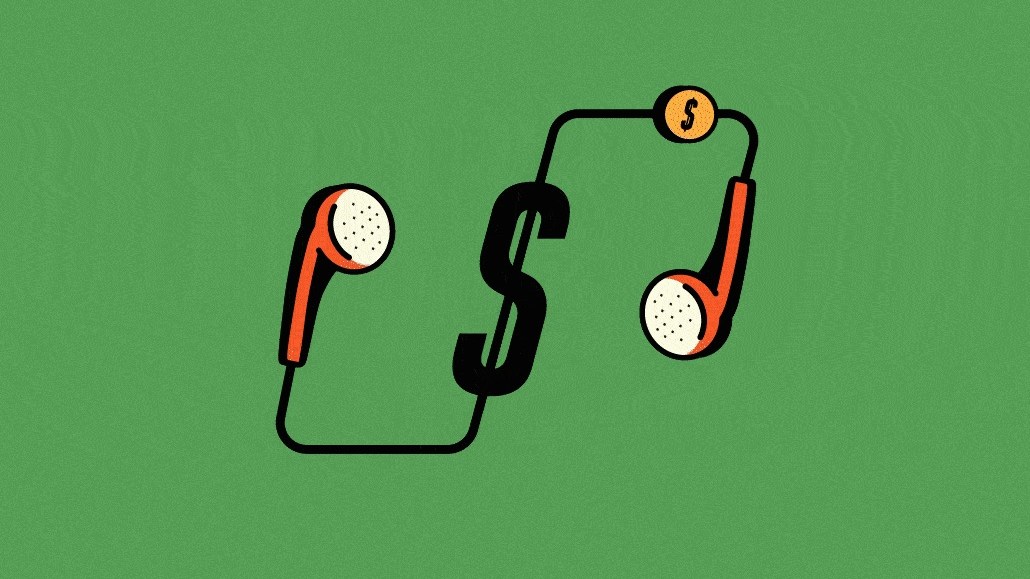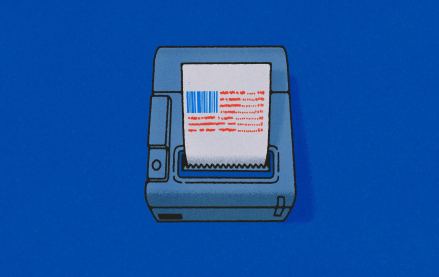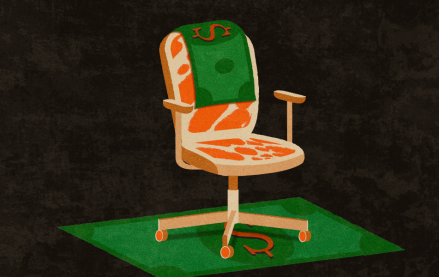
It’s a common sentiment among audio publishers that advertising in that world remains an undervalued proposition. Efforts from multiple attention metrics firms to apply their methodologies to digital audio and streaming, notably the podcasting world, were greeted with open arms by the likes of NPR, Audacy, iHeart and Spotify. And after some work to figure out how to apply it to audio — attention isn’t as easily gauged when listening to content as when watching it — the results seem to have given a lift to some of the players.
The latest example comes from work that attention metrics firm Adelaide did with several audio publishers, including iHeart, NPR and Audacy around an eBay campaign that ran across Q2 and into Q3. In short, applying Adelaide’s AU metric enabled several publishers to show their ads performed above the benchmarks set by Adelaide.
“Folks in audio know that their media is undervalued by the market, and they see attention metrics as a way to level the playing field,” said Marc Guldimann, Adelaide’s founder and CEO.
“Attention measurement such as Adelaide’s underscores the fact that audio impressions are engaged impressions,” said Idil Cakim, svp of research and insights at Audacy, which has been using attention as a tool for about three years. “We are continuing to measure attention for our campaigns before and during launch phases. This informs our creative and planning strategies.”
Cakim explained that audio — including terrestrial radio, streaming and podcasting — is a “highly effective medium in holding the audience’s attention.” She asserted that, in an omnichannel environment, audio holds more attention than other media including online video and social media. She said there is a direct relationship between the attention audio generates and these positive outcomes.
So how exactly does one measure attention in audio? You can’t see what someone hears, after all. Guldimann said Adelaide used research data from iHeart and NPR to answer questions like are the ads host-read or inserted into the program, the number of ads running in a pod, where in the podcast ads were running, what’s genre it ran in and did the player used allow fast-forward or not. All that was fed into an algorithm which was trained over time. “We had to go a little bit with our gut and a little bit of research,” he said. “Very quickly, we saw that the assumptions that we made early on … were very predictive.”
NPR used Adelaide’s AU metric to essentially validate other neuro-related research it had done to show sponsor messages on its platform resonate on a deeper level than other media. “Audio has been a bit of a stepchild — and media mix modeling does us no favors — but we just know from years of research and our audience testimonials about how they remember ads, recall ads, take action because of ads,” said Gina Garrubbo, CEO of National Public Media, which sells sponsorships for NPR programming. “It’s a very different dynamic than other media.”
Ad position: web_incontent_pos1
Garrubbo noted that the Adelaide research accomplishes three objectives: it gets the attention of the buy side and clients; it reinforces for brands that use NPR what she believes they already know; and it empowers client to upsell NPR’s value to the procurement or their CEO. “It gives them more credibility and fodder when looking to expand their sponsorship and support of NPR,” she added.
Guldimann said spots that ran on NPR and iHeart outperformed benchmarks by between 11% to 16%, while the streaming campaign for eBay performed 5% above benchmarks.
He was impressed enough with the findings that the majority of Adelaide’s marketing budget has shifted to podcasts because of its effectiveness — the firm runs spots on AdTechGod and Marketecture (which is a partner of Digiday).
There is some history to audio’s use of attention metrics. Another firm, Amplified Intelligence, worked with Spotify and Dentsu just before the pandemic started, said Karen Nelson-Field, Amplified Intelligence’s founder and head, and published some research in 2020.
Interestingly, Nelson-Field said the research they did together showed that smaller brands derived better brand lift outcomes than bigger brands, perhaps because there was more upside for them. Which is why Amplified Intelligence is conducting more research to better understand ethnographic distinctions, the results of which will be revealed in a few months.
Ad position: web_incontent_pos2
Audio publishers will certainly be listening out for it.
More in Media Buying

How CTV and DOOH are growing this political season for smaller agencies
Connected TV and digital out-of-home are playing a bigger role in upcoming elections and politics – especially for smaller agencies looking to place clients’ dollars.

How companies can avoid creating an accidental manager: The Return podcast, season 3, episode 2
Just because you are good at a particular skill doesn’t mean that you would make a good manager. So, why is that the standard career path?

MediaMath has signed dozens of SSPs, including former short-changed creditors, after ad tech’s biggest bankruptcy
Trading partners such as Magnite, PubMatic, and Index Exchange have returned as part of the DSP’s relaunch under the Infillion banner.
Ad position: web_bfu


